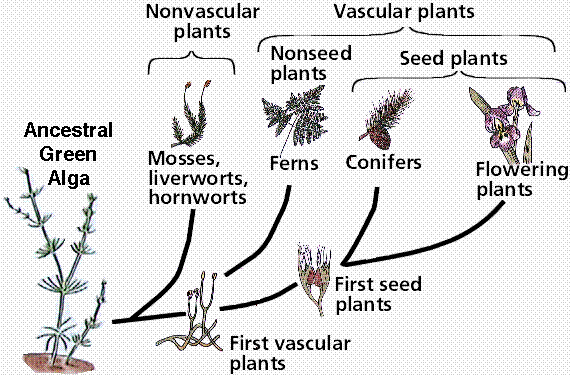Algae can be unicellular, colonial, or multicellular while plants are only multicellular.
Even when algae is multicellular, they only possess holdfasts, stapes, and blades. Multicellular land plants exhibit characteristics that include roots, stems, leaves, flowers, fruits, seeds and cones.
The more advanced plants have vascular tissues, which means that they are able to absorb and transport water and nutrients throughout their body. Each algae cell must be able to fend for themselves by taking in nutrients from the surrounding water.
Algae are water plants, which means that they grow completely submerged in water. Land plants, as their name suggests, typically live in land. Both require water for survival, but if land plants were submerged in water they would suffocate.
Reproduction of the two differ the greatest. Algae can reproduce in many ways that include tiny spores, replication, and regeneration of broken pieces. Plants have a very complex reproductive system as they could require the assistance of other organisms as well as forces of nature to spread pollen.
http://www2.estrellamountain.edu/faculty/farabee/BIOBK/plantrelat.gif
https://blogger.googleusercontent.com/img/b/R29vZ2xl/AVvXsEj1RbKyOFOTGDCfP9B_gXuIMS56eQYCTQYEsMdCb15YQ5dDCZ1PXi8JAJ5PPIQPxxP37xA04A-QrQ3X6_QjEmsUu_ok0fxOjvliZiZnKdsWdV_WoLKLz6DIxKwVpP_mxdfS5tU1tLklpms/s1600/kelp+diagram.jpg


No comments:
Post a Comment